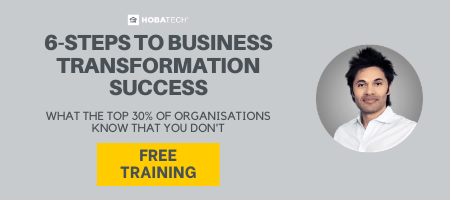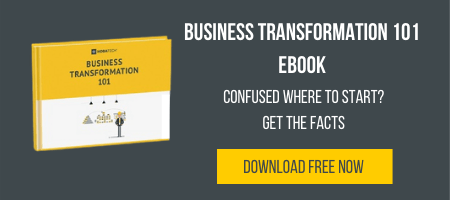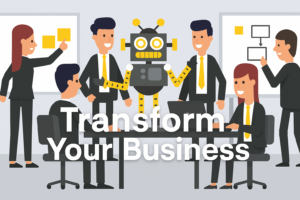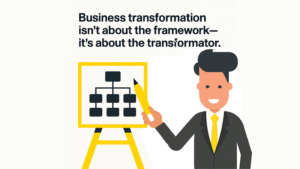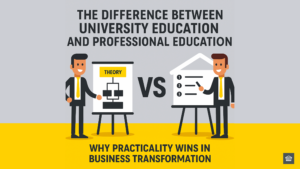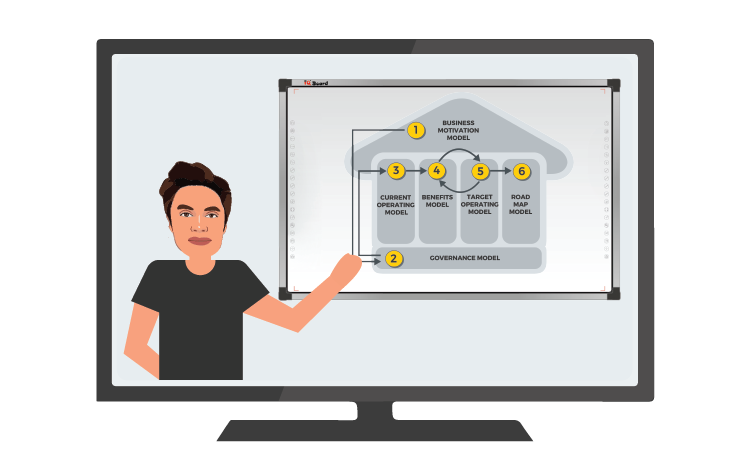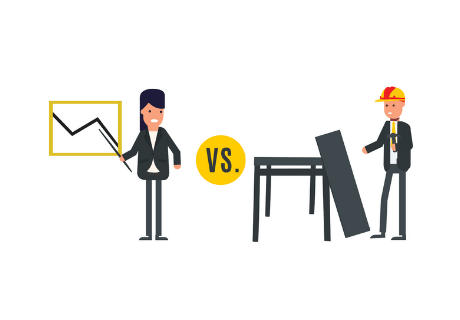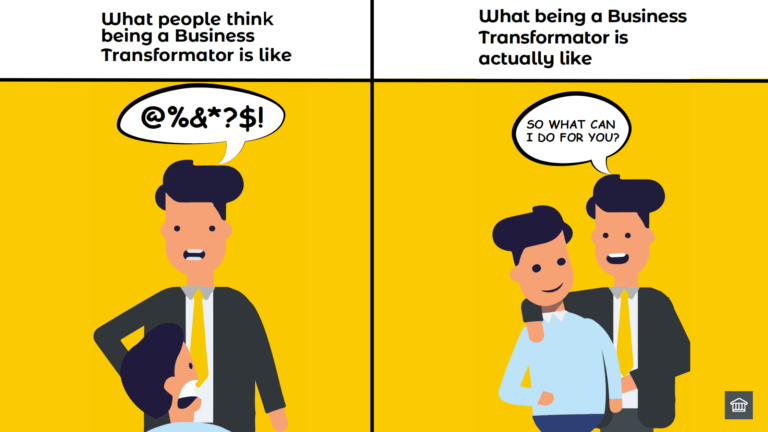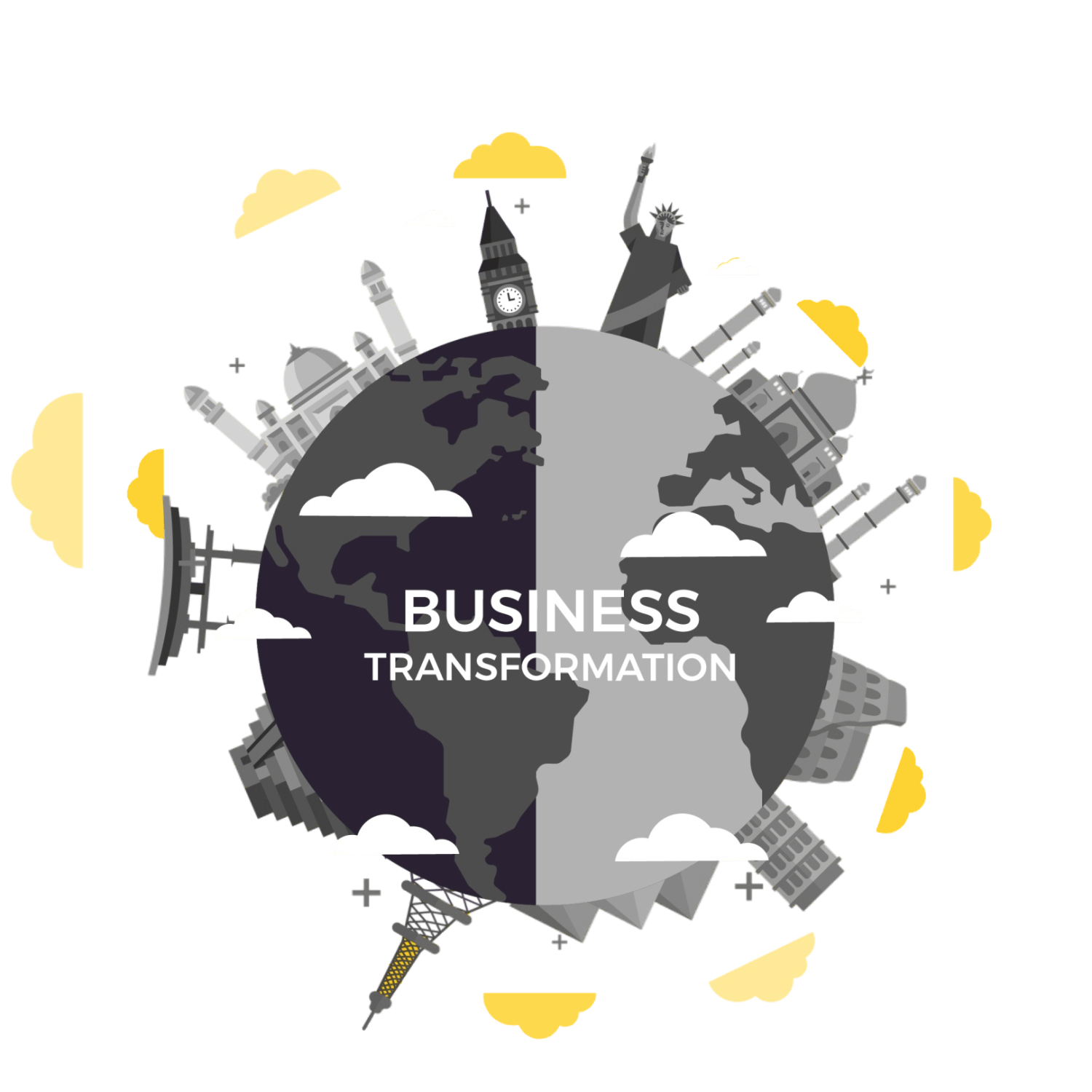The Agile business model is an elaborate mechanism that emphasizes on the importance of remaining flexible and providing swift and effective responses during unpredictable circumstances. This model has a fan-following of its own, as numerous businesses have been able to take the leap and transform into gigantic industry leaders using this remarkable approach.
In this article, we are going to discuss the significance of Agile methodology, it’s working, and why and how Google, who disrupted the industry and become a market leader did it by being agile, but lost it, and how it got it back.
Let’s first start by finding out what the Agile Methodology really is and why is it being pursued by so many businesses.
What is an Agile Methodology?
While the technical steps of adopting the Agile business model are slightly different, let’s have a look at the functioning of the generic Agile Methodology and its key principles.
•Align Technology to Business Capabilities
The first step in implementing an agile mindset is to realign your product with respect to the business capabilities. This deals with any necessary shifts required in the technology environment to ensure that the product and the business capabilities are coherent.
Since this step concerns the aspect of the capability of a company, it is related to the key business stakeholders. It involves defining new and different ways such as aligning the technology to stages of a customer journey, to elaborate the thorough business process, or to discover other segmentation methods. This step helps the company analyze the financial, operational, and functional capabilities of the business.
• Identify Business and Technology Leaders
Moving on, the technology and business departments need to be in sync in order to introduce true agility into an organization. The technology department needs to develop a culture that shows their willingness to work co-dependently with the business department.
An organization can only truly adopt the agile mindset when they eradicate the finger-pointing culture and allow themselves to claim joint ownership of their issues. In the long run, this goes on to be the cause of associated resolutions.
This partnership demands a set of clear and concise objectives from the departments’ owner(s), which help the teams function better in a collaborative environment. Moreover, the concise objectives prove to be the parameters of gauging the team’s performance and determining it as -+a success or failure.
• Start with Small Scale and Expand Modularly
The Agile methodology revolves around the concept of starting small and expanding with respect to time and requirements. It emphasizes the importance of creating a minimum viable product (MVP) along with a detailed governance framework that ensures the maintenance of necessary standards and optimal practices.
In the initial implementation, this approach helps the team to identify its barriers and collaborate to figure out associated resolutions that serve as the driving force for continuous improvements. Upon identification, it becomes easier for the team(s) to expand and mature itself.
• Launch and Improve Continually
After the formation of agile teams, the company needs to launch and clarify the product-specific objectives to initiate performance monitoring. The launch of various processes is dictated by business priorities.
Allow the team to self-monitor its performance and figure out its skill levels on both the individual and collective levels. Furthermore, this will help them conduct a comparative analysis of the performance objectives of a product and its current performance.
Upon further analysis, the team will learn the educational and technical capabilities that are essential to establish agile capabilities. They will question and identify any barriers to attaining the required level of agility.
• Periodically Improve the Governance Model
The key aspect of an Agile mindset is the mechanism of constant improvement in the governance or managerial model of management.
There are certain standards and requirements that need to be maintained and fulfilled, which is administered by the governance model. It is a mechanism that enables the efficiencies of the team across the environment.
However, the governance model demands a system that motivates continued and consistent improvement. Generally, the team performance is gauged by three performance indicators of any technology product:
- Business metrics,
- Development metrics, and
- Operating metrics.
Improvement of the governance model requires consistent and persistent efforts in a focused direction. Furthermore, the agile mindset requires you to communicate the improvements with your organization to single out the problematic areas.
The significance of feedback emphasizes the importance of continuous improvement. While it helps in honing the team’s skills, it also instills a mindset of consistency and rigorous efforts that contain long-term effects.
Due to the adverse financial effects of COVID-19 on the global business market, the majority of the businesses have been forced to reshape their strategies and even managerial structures. In this regard, a handful of companies are considering adopting the renowned Agile Methodology in their businesses.
Are you curious to know why they are making this decision? You might find an answer here.
Large Enterprises Are Choosing Agile. Why?
People used to believe that agile development models were only limited to startups because large corporations are bulky and bureaucratic. However, this mindset is witnessing a shift in paradigm and the landscape is changing slowly but effectively.
Lets look at Google. Since its launch back in 1998, Google develop a reputation of becoming a profitable and successful start-up. With the combined business awareness and confidence on their services, founders Larry Page and Sergey Brin managed to accelerate Google’s products and position into the digital world.
Mr. Page was renowned for his effective and unusual pace of decision-making. He was adamant on following the agile mindset and trusting on the process of normalizing the cyclic implementation of testing and developing. This helped Google to mature its services and achieve perfection so early in its career.
However, when the company went public in 2004, it gave up on the successful and unorthodox style of management and adopted what was then considered to be the only management model for successful businesses; the more ‘risk adverse, safer’ waterfall model.
With the appointment of Eric Schmidt as CEO of Google Inc., the company started practicing the development and management model and began its growth towards becoming one of the biggest IT business in the world.
However, it came to a stop when the governing body of Google decided that it wanted to rekindle the lost fire it had when it was a mere startup.
The process of re-adopting the agile methodology by large enterprises was highlighted in 2011 when Larry Page, one of Google’s co-founders,took over as CEO from Eric Schmidt, because at that time Google wanted to “recapture nimbleness and innovative spirit of its early years”.
Google implemented a new management model that came into existence with the appointment of Mr. Page as the new C.E.O. of Google. According to the company, constant and persistent supervision was no longer needed in a business environment.
The company claimed that it wanted to increase the process of decision-making and take necessary measures to simplify management.In this regard, they implemented Project Oxygen to rekindle and get hold of the innovative spirit of its early years and induce them in the current business environment.
However, companies were reluctant to follow Google’s approach and decided to adapt to a more defensive approach and continue with their model of development.
New Approach
According to numerous corporate leaders, the opportunity cost didn’t allow them to take brave decisions and expose the businesses to substantial amounts of risks. They followed the mindset of enjoying the inflow of millions with a furnished and successful product.
However, since the world is constantly improving, a solution emerged for enterprises to shift their organizational models. Recently, codeless integration strategies have picked up immense popularity. It shifts the innovation focus from back-end teams toward the front-end operations and business department.This helps the businesses in analyzing customer interactions and providing value to them in a reduced amount of time.
For example, codeless integration is a big help for Uber marketers. If a marketing manager at Uber is interested in introducing a coupon and implicitly increasing the ride fares, it would like to approach the customer right before a customer is ready to travel. Generally, this kind of procedure involves the developers who are supposed to build a separate infrastructure for the cause.
Here, codeless integration will shorten the amount of time and resources required in the process. Instead of the above-mentioned process, an Uber marketer can compile a customer list and sort in a roster for rides ordered in a specific time duration. Then it could launch a trial campaign using Uber’s push notifications to introduce a coupon. This will cut the turnaround time from several days to a matter of minutes.
5 Steps to Get Back Your Organisation’s Agile Mojo
Earlier, we learned that the significance of adopting the agile mindset has logical and substantial aspects of growth and success. In this regard, we will present the 5 steps in the form of a comparative analysis of the shift in mindset when companies decided to adopt an agile mindset.
1. Inducing a North Star in Your Organisation
Previously, companies were comfortable in an environment of scarcity. It was easier to lead and compete with their competitors, and provide value to their stakeholders.
However, now with the abundance of competition and a multitude of different resources available to the stakeholders, businesses are co-creating value for all of the stakeholders.
When adopting an agile mindset, businesses need to create value for a wide range of stakeholders (i.e. customers, employees, investors). In order to fulfill the constantly incrementing needs of their stakeholders, agile organizations require flexible approaches in creating value.
In this regard, they induce a North Star that influences people and helps them feel personally and emotionally invested. For customers, it serves as a motivator for a first-choice place to buy from. Similarly, employees are attracted to work in an agile organization that is centered around a North Star. Moreover, different investors feel comfortable in engaging with such organizations.
2. Empowering Your Teams
Earlier business protocols suggested that people were required to receive consistent directions and management in order to perform the assigned tasks correctly.
However, the current business gurus suggest that this is no more the case. When employees are given responsibility and briefed about the impact of their roles, they tend to collaborate with their colleagues better and produce ingenious solutions to difficult problems.
You need to create a scalable network of teams underneath the top-level structure that is flexible to deal with varying kinds of situations. These networks allow the employees to maintain their individual freedom and simultaneously collaborate with their colleagues.
In the process of adopting the agile mindset, you need to formulate a dense network of empowered teams that consist of high standards of accountability, collaboration, expertise, and transparency.
3. Formulating Rapid Decision and Learning Cycles
Previously, project managers entertained the idea of running through a change in the course of action by the upper management to minimize risk to its maximum extent.
However, considering the current evolving environment, it is only logical to embrace uncertainty and minimize risk by altering the decisions quickly and being productive in experimenting with new things.
The agile mindset emphasizes on the importance of rapid decision-making and learning. It focuses on the concept of rapid iteration and experimentation. Teams produce an MVP in one or two-week “sprints”, and then with the help of daily check-ins, they share progress and solve problems. This enables them to maintain alignment towards the end goals.
Since the agile mindset is performance-oriented by nature, you need to explore new management approaches with respect to performance and consequences to measure the business impact as the procedure moves forward.
4. Ignite Passion by Implementing a Dynamic People’s Model
The former narrative dictated that leaders need to control the employees and steer them towards success by constantly specifying tasks.
However, this has been debunked by the modern-day business managers. According to them, an effective leader empowers its employees to be confident enough to drive the organization towards the unified vision. The key to this lies in instilling that initial faith in the employees.
In order to successfully follow the agile methodology, you need to create an environment of strength and trust for your employees to feel comfortable. You need to invest in leadership that empowers its fellow employees and develops a strong community that is both confident and eligible to drive the organization towards success.
5. Introduce Next-Generation Enabling Technology
Previously, business managers used to believe that the involvement of technology is only limited in a supporting capacity that delivers specific services and is confined within the limitation of resourcing and budget.
However, modern business managers argue that organizations are co-dependent on technology and its integration with the organization’s core responsibilities and tasks has become a necessity more than a mere commodity.
In the process of shifting towards the agile development model, you need to administer changes in the organizational model that will allow you to rethink the technologies that you are using and how you can enhance their usage to provide more value to all kinds of your stakeholders.
With the currently evolving environment, businesses are being forced to become agile in order to sustain themselves. However, while it is easier said than done to completely refactor your organizational model, with the help of the above-mentioned five steps, you might be able to inculcate an organizational model that will help you boost agility and improve your sustainability.
Thank you for reading this!
Sincerely,
Heath Gascoigne
P.S. If you want to join our Business Transformator community of like-minded Business Transformators, join the community on the Business Transformator Facebook Group here:
P.P.S. If you want to learn more about business transformation, check out The Business Transformation Playbook here.
For more information, visit https://www.hoba.tech



